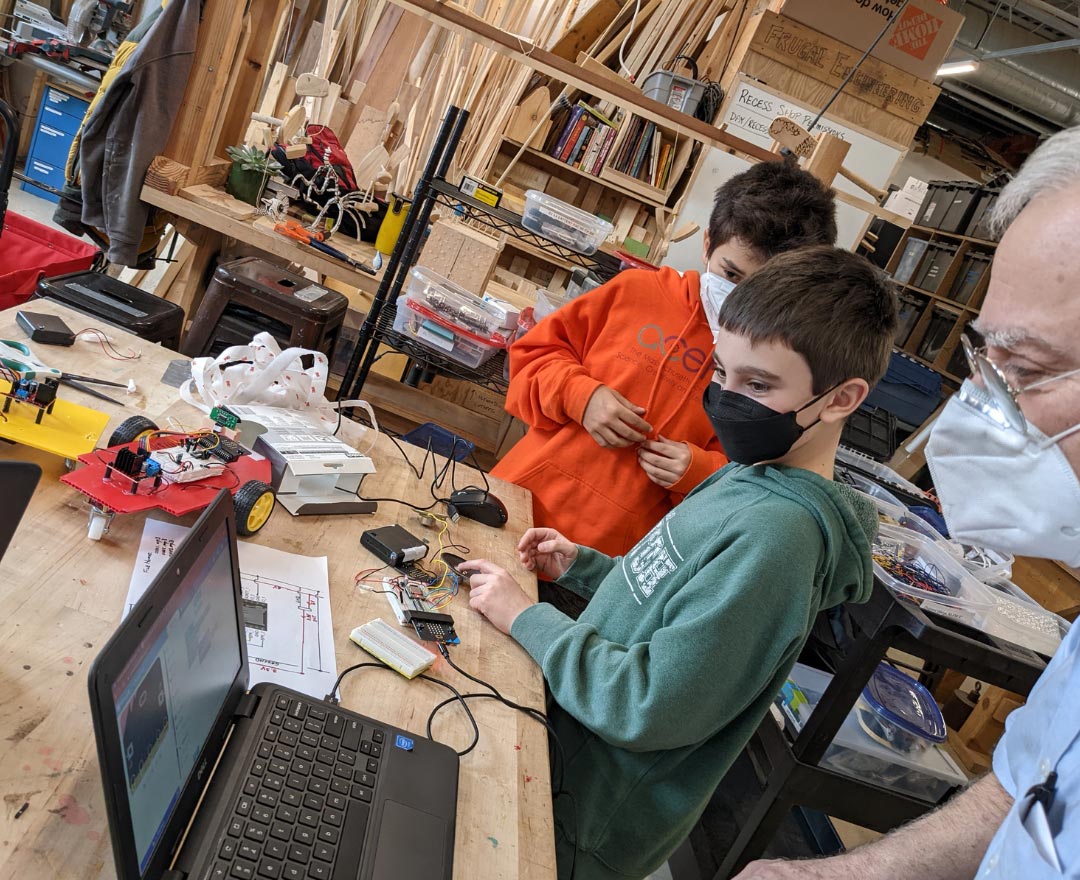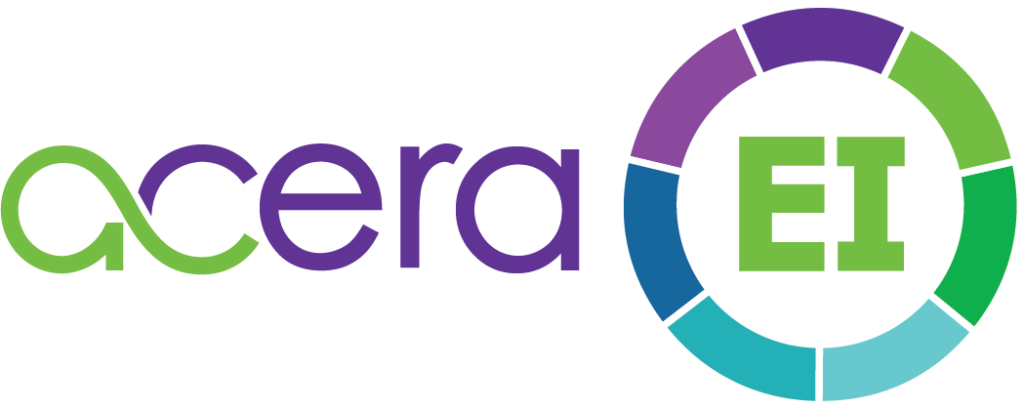Our programs
and curricula
Today's students want to:
- Leverage technology as a tool through programming, electronics and digital arts
- Learn about cutting edge science through hands-on exploration
- Be designers and innovators
- Exert choice and voice in their learning
- All
- Creative Computing
- Life Sciences
- Mindfulness
- Student Voice

Robotics: microbit engineering
This series of lessons combines coding and electronics to guide students through programming physical devices. This is called physical computing. Students gain expertise across multiple contexts as they develop hands-on robotics projects.
Coding: computers and me
Designed for Grades K-3, this curriculum is accessible to any teacher. Content covers Computer Science and Programming, Storytelling & Game Design, Technology Basics & Engineering, and Digital Citizenship & SEL.
Makerspace: enchanted electronics
What makes a light turn on? In this hands-on lesson, students explore basic circuitry and electronics, ultimately creating an original work of art that lights up. This activity can be easily adapted to fit any topic – geography, fashion, animals, etc.
Gene editing with CRISPR
The landscape of genetic engineering has changed with the use of CRISPR for gene editing in humans. Students study the theory in new ways, explore how gene editing can be done responsibly, and discuss the ethics of its use.
The human microbiome
There are infinite connections between a microbiome and its host! Students investigate their own microbiomes, and learn that the same natural phenomenon governing large ecosystems are mirrored in microscopic ones.
The secret life of plants
In this set of labs, students learn the biochemistry of photosynthesis, study how technologies use plants to combat climate change, and devise their own plant-based solutions to offset the effects of human activity on our world!
The mindfulness toolkit
Teachers implement a series of lessons based on developing Social Emotional Learning (SEL) in the elementary and early adolescent years, in which students develop mindfulness tools and practice using these tools.
Measures for health
Relevant for science, health, or technology teachers, this curriculum covers cardiovascular health, wearable technology, and data analysis. Students design and code a piece of wearable tech, and gain understanding of their physical and emotional health.
The power of visual storytelling
Students explore the history of visual storytelling and design theory, and create their own visual designs. Throughout the course, students complete mindfulness art exercises that empower them to create projects that reflect their unique feelings and voices.
Student-led conferences
Students learn to communicate their strengths and areas for growth. This helps improve their metacognition, gain agency, and increase parent participation in parent-teacher conferences!
Storytelling through coding
Students use visual coding languages to tell stories and express ideas. Teachers can adapt these activities to any subject area to deepen students’ understanding and give them another visual outlet.
Student-led passion projects
Students identify community resources, work with a mentor, develop technical and communication skills, and grow in the core capacities of leadership, agency, problem solving, and creativity.
